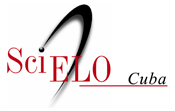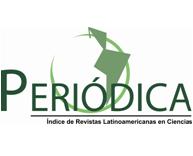EVALUATION OF THE ADSORPTION CAPACITY OF THE FUNGI TRAMETES VILLOSA RESIDUAL FROM THE REMOVAL PROCESS OF THE DYE TRIACTIVE NAVY PN2R
Keywords:
The fungi Trametes villosa, Biosorption, textile dyesAbstract
The fungal biomass used for bleaching by enzymatic degradation, once inactivated, becomes a residue that can be reused as biosorbent in the processes of removal of dyes. Fungal cell walls contain a large amount of polysaccharides and proteins. These biopolymers offer functional groups such as carboxyl, hydroxyl, sulphate, phosphate and amino groups, which can join other ions. The present work has the objective to evaluate the adsorption capacity of the residual fungal biomass in the process of the removal of the dye Triactive Navy PN2R of aqueous solution. The fungal biomass was obtained as a residue from the use of fungi Trametes villosa in a study of removal of simulated water dye at the laboratory level. The dye used to prepare the samples was the Triactive Navy PN2R, widely employed in the textile industry. It was removed the fifth part of the initial coloring of the solution. No statistically significant difference was found in the removal to vary the initial concentration of the dye. With the data of the apparent adsorption of the biomass and concentrations of equilibrium, it was adjusted the model of Freundlich isotherm, adequate to explain the case studied, obtaining the "n" value of 0,9904. It was determined experimentally that the capacity of biosorption fungal biomass inactive in the conditions of work is 3,26 mg of color/g of biomass. It was corroborated the possibility of giving a reuse to the residual biomass of the treatment process of liquid residuals of the textile industry.




















